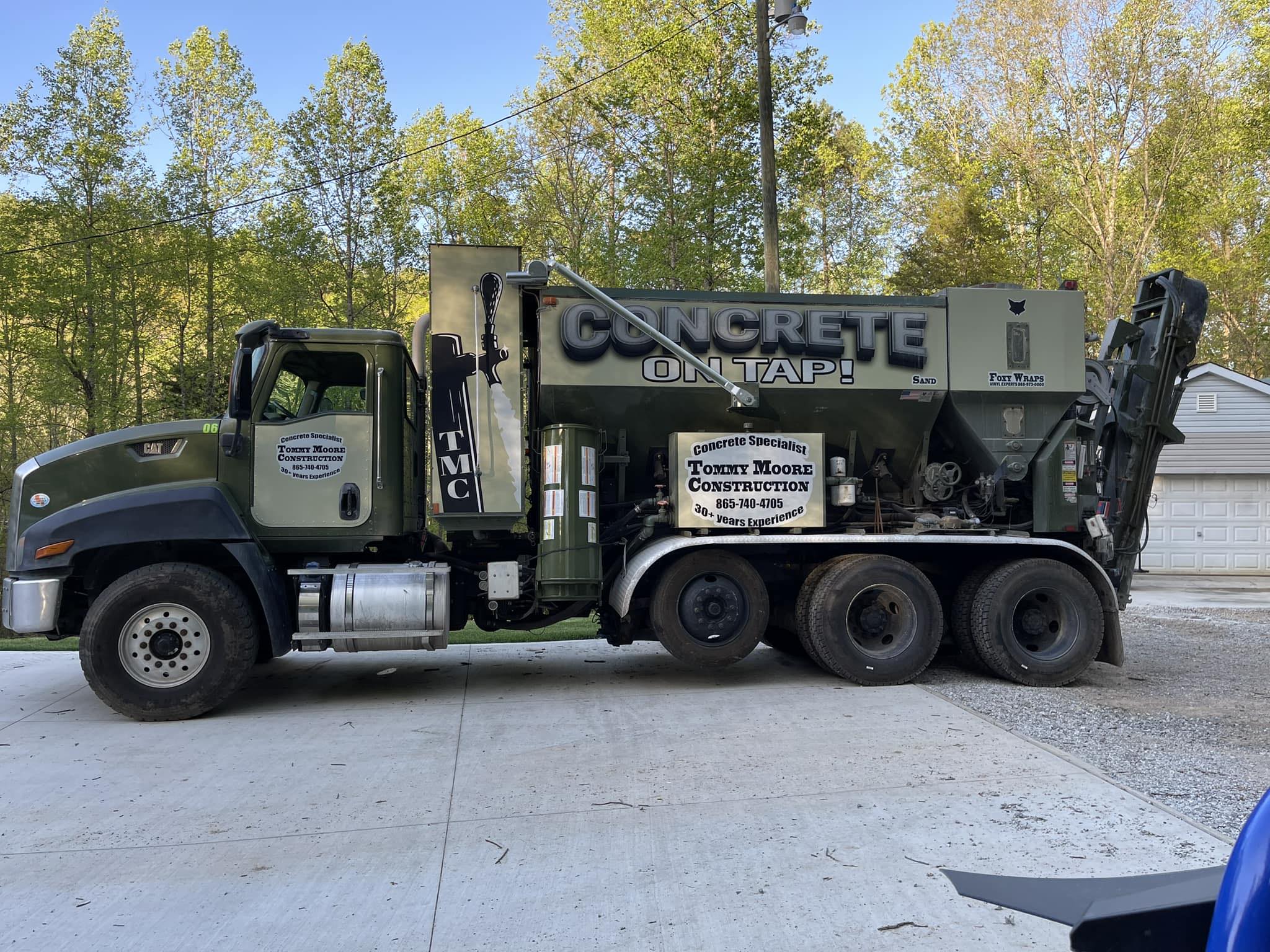
The Role of Concrete in Urban Infrastructure Development Nov 08, 2025
In modern cities, concrete is unparalleled in its versatility and strength, serving as the backbone for many infrastructures. From bridges and tunnels to skyscrapers and highways, concrete’s durability ensures that these structures withstand the test of time and the elements. This resilience is particularly important in urban settings where infrastructure reliability is crucial due to high traffic and usage rates.
The extraordinary strength and adaptability of concrete allow for innovative architectural designs that are both functional and aesthetically pleasing. Urban planners and architects leverage concrete to achieve designs that are not only futuristic but also environmentally friendly. Advances like lightweight concretes and permeable variants help city landscapes become more sustainable, contributing to eco-friendly practices that are increasingly prioritized in development plans.
Moreover, concrete significantly contributes to urban resilience. In the face of natural disasters such as earthquakes and floods, concrete structures provide a robust line of defense. Construction companies like Tommy Moore Construction recognize the importance of using high-quality concrete to build infrastructure that can endure such catastrophic events, ensuring safety and continuity in urban living conditions.
Another critical role of concrete in urban infrastructure is its contribution to public spaces and amenities. Parks, recreational facilities, and pedestrian pathways often utilize decorative concrete solutions to create inviting and durable community spaces. This application not only enhances the city's aesthetic appeal but also promotes environmental sustainability and social interaction among residents.
Technological advancements in concrete production and usage have further cemented its status as a key material in urban planning. Innovations such as self-healing concrete and carbon-infused mixes not only enhance the longevity and strength of urban structures but also contribute to reducing the carbon footprint of cities. For firms like Tommy Moore Construction, staying abreast of these technologies is crucial to delivering state-of-the-art solutions that meet contemporary urban needs.
In addition to its physical benefits, concrete also plays a significant role in economic growth. As a relatively affordable building material, concrete allows for cost-effective infrastructure projects that can stimulate local economies by creating jobs and attracting businesses. Such projects can lead to improved transportation networks, better housing, and enhanced public services, thus fostering economic development and elevating the quality of life for city dwellers.
However, it is important to recognize the challenges associated with concrete use, particularly concerning sustainability and environmental impact. The production of concrete is resource-intensive, often leading to significant carbon emissions. To address this, industry leaders like Tommy Moore Construction are increasingly exploring greener alternatives and efficient production methods that can reduce the environmental load while maintaining strength and functionality.
In conclusion, concrete’s integral role in urban infrastructure development cannot be overstated. Its durability, versatility, and cost-effectiveness make it an indispensable component of city planning and expansion. As we look toward the future, sustainable innovations in concrete technology will continue to shape urban landscapes, ensuring the development of resilient, thriving, and environmentally conscious cities that meet the changing needs of their populations. For construction companies, embracing these innovations is essential for staying ahead in a competitive and evolving industry.
/filters:no_upscale()/filters:format(webp)/media/2096757a-7c33-4094-9dff-2630e185039a.jpeg)